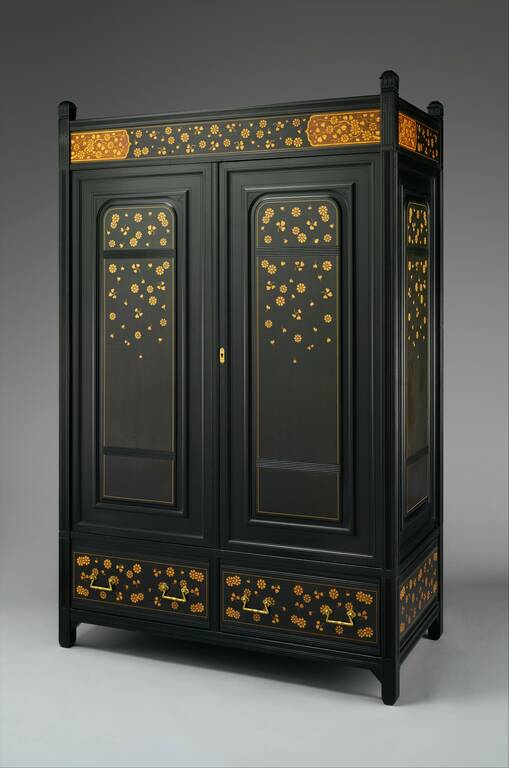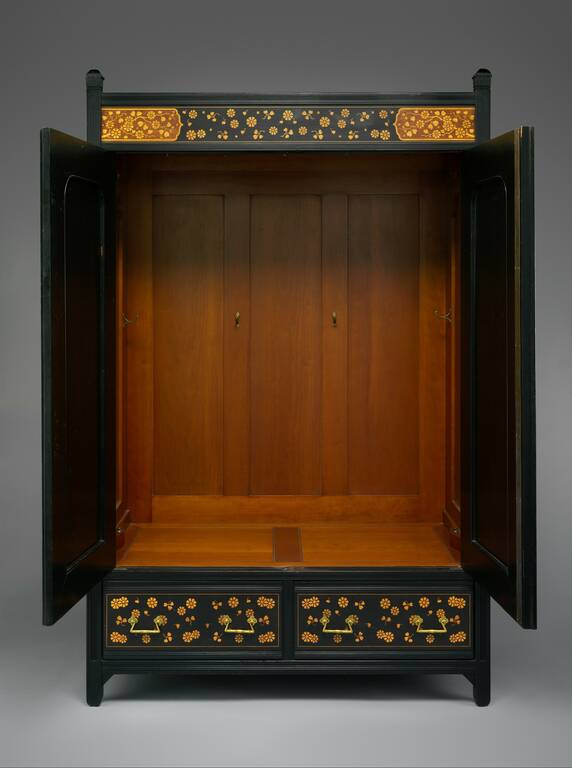
In the second half of the 19th century, the Anglo-Japanese style gained great popularity in England. Interest in Eastern culture appeared at the time of the birth of the East India Company, however, due to poor awareness for a long time, many Japanese, Chinese, Vietnamese items were often confused. An in-depth study of the culture of Japan became possible thanks to the Meiji Restoration, when large-scale reforms were carried out in the country that affected industry, diplomacy, the economy and other areas of life. The works of Japanese art that came to England inspired local craftsmen who borrowed new decorative elements for their work.

The Anglo-Japanese style also caught on in the United States. In 1864–1906 in New York, the Herter Brothers company was founded by Gustave and Christian Herter, who arrived from Germany. First, the brothers opened a furniture warehouse, soon hired craftsmen, and the company began to produce tables, cabinets, chairs, screens, carpets, etc. Herter Brothers offered furniture in Neo-Renaissance, Neo-Greek, Anglo-Japanese and other styles.


This black cherrywood wardrobe embodies the design principles described in The Rules for Decorating Home Spaces by English artist Charles Eastlake. The book, published in the United States in 1872, was one of the most widely read textbooks of its day. The wardrobe is minimalistic, without extravagant contours and curves. At the same time, the wardrobe is decorated with quite complex decorative elements – marquetry patterns. Small bright mosaic fragments that form flowers contrast sharply with the dark surface. The shape and decoration are reminiscent of antique Ming Dynasty furniture from the 17th century.


